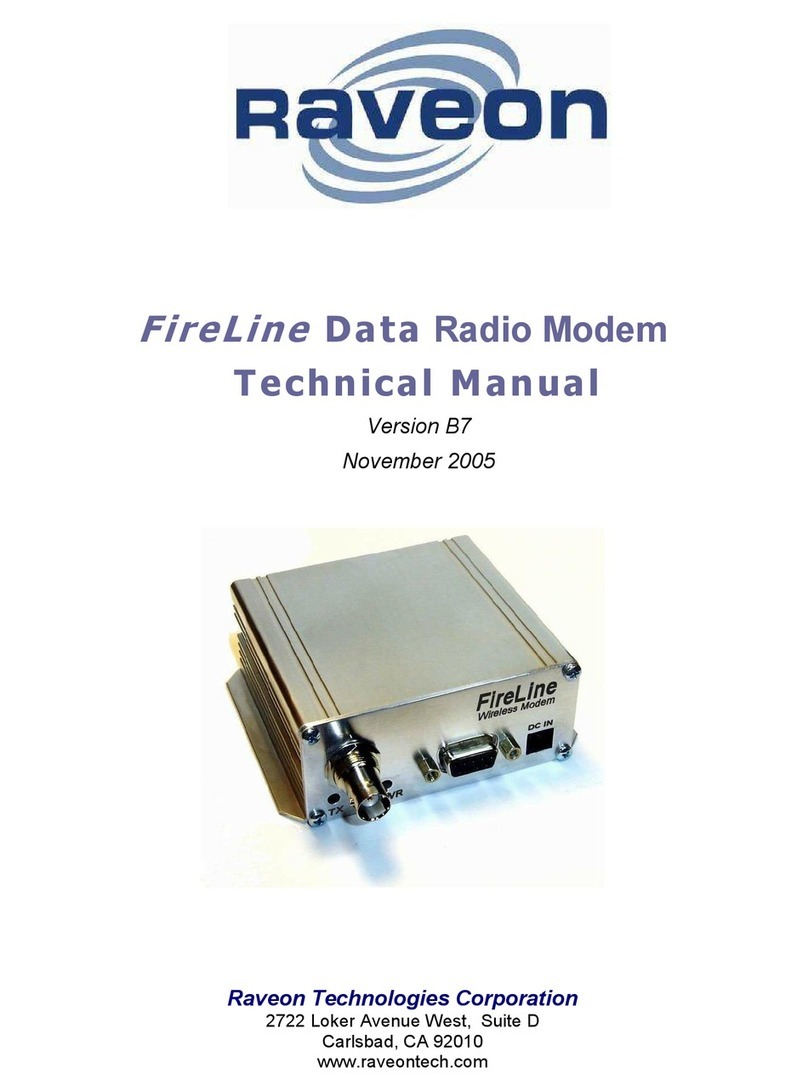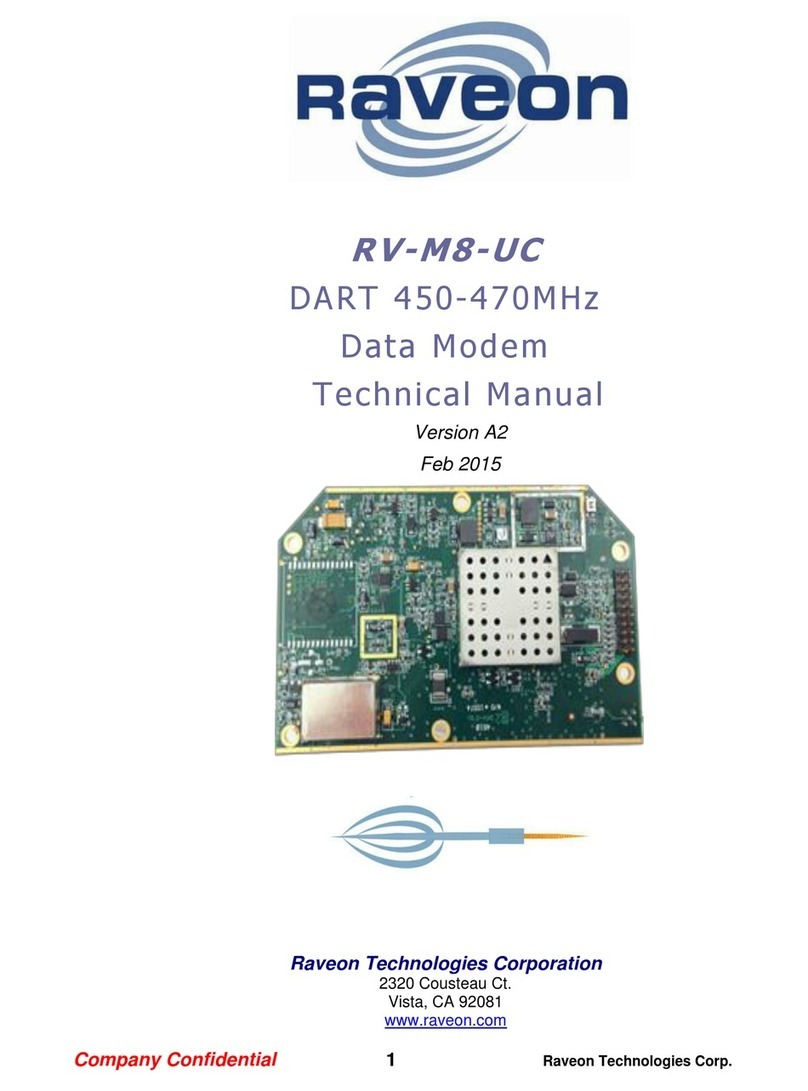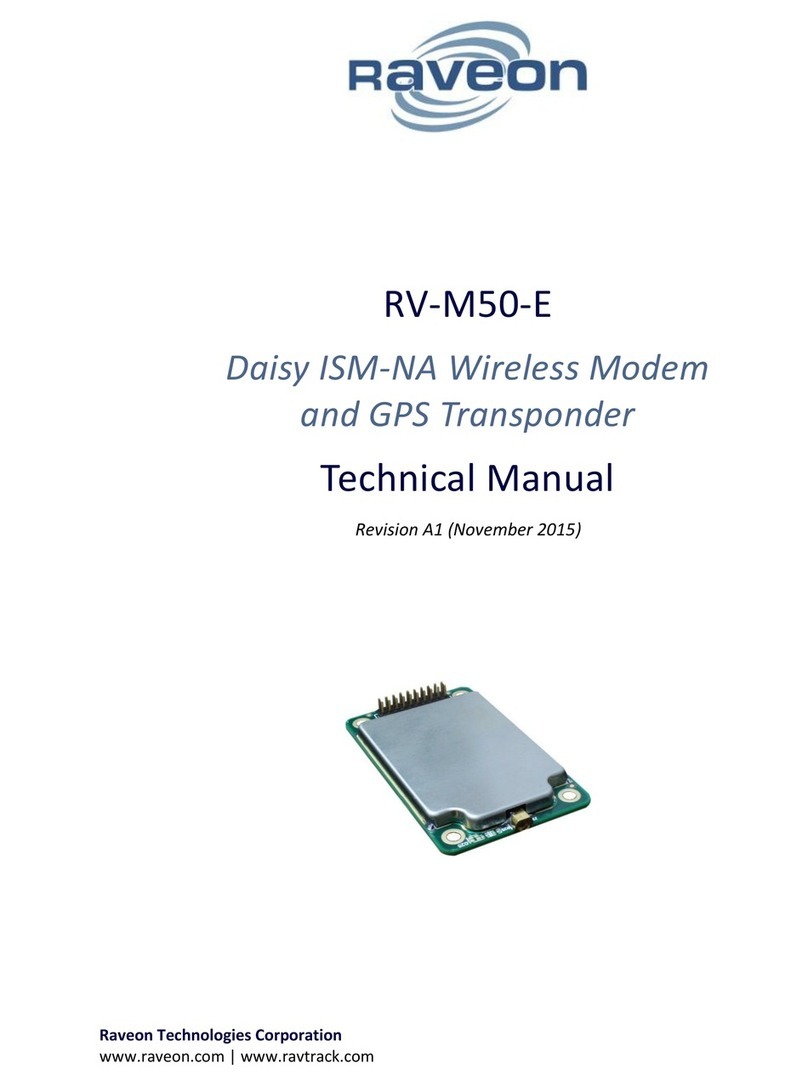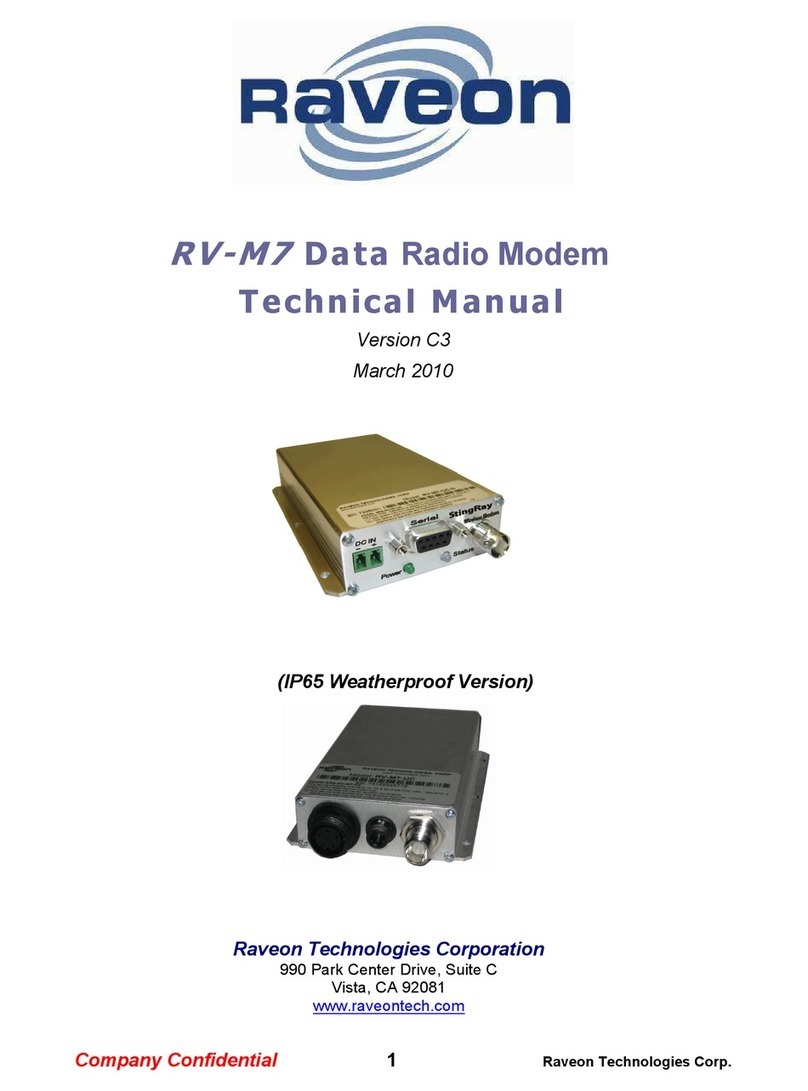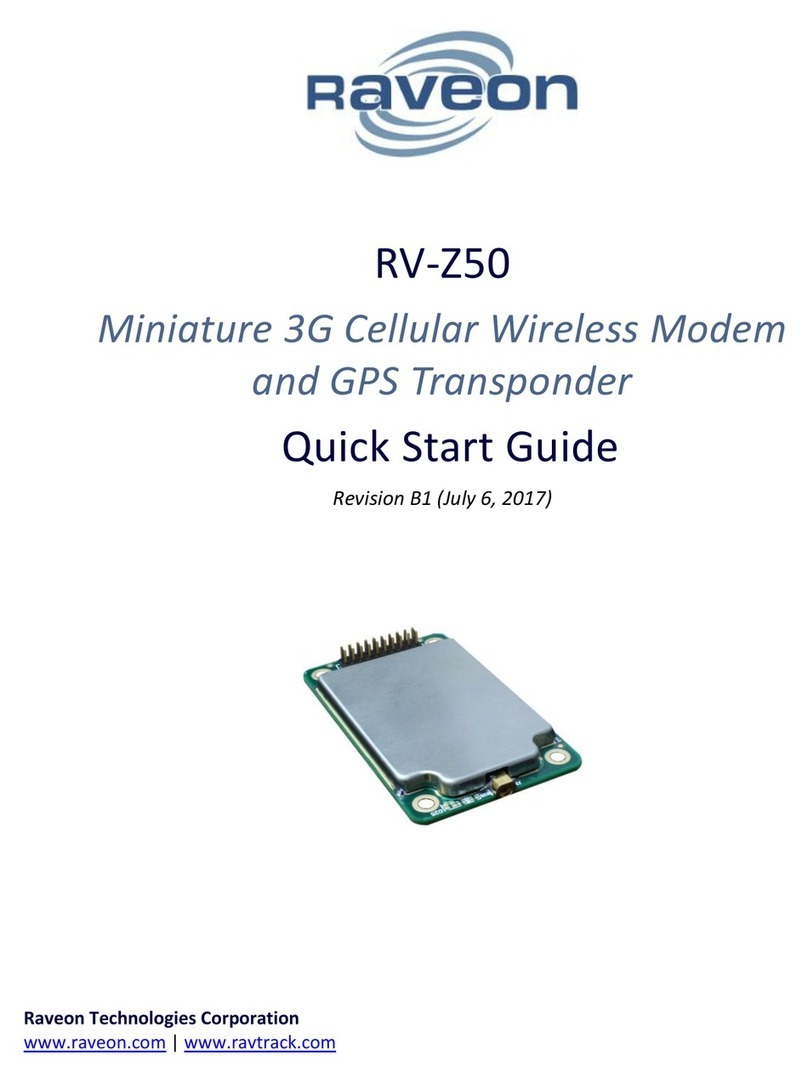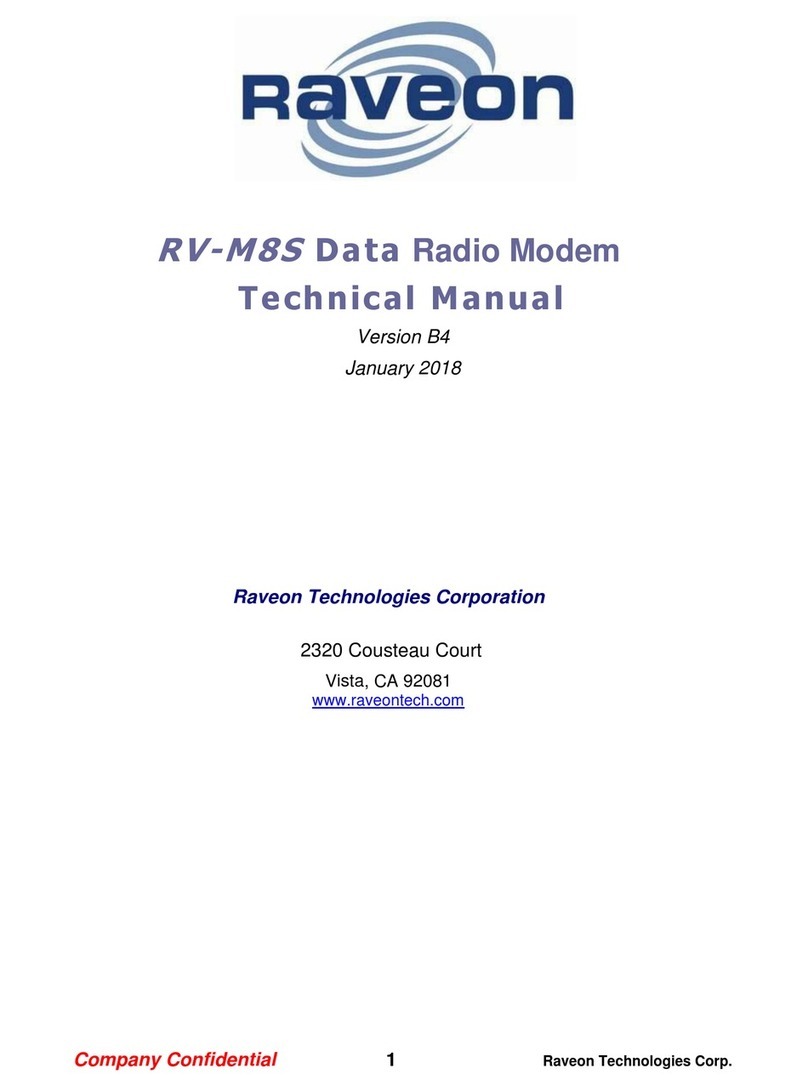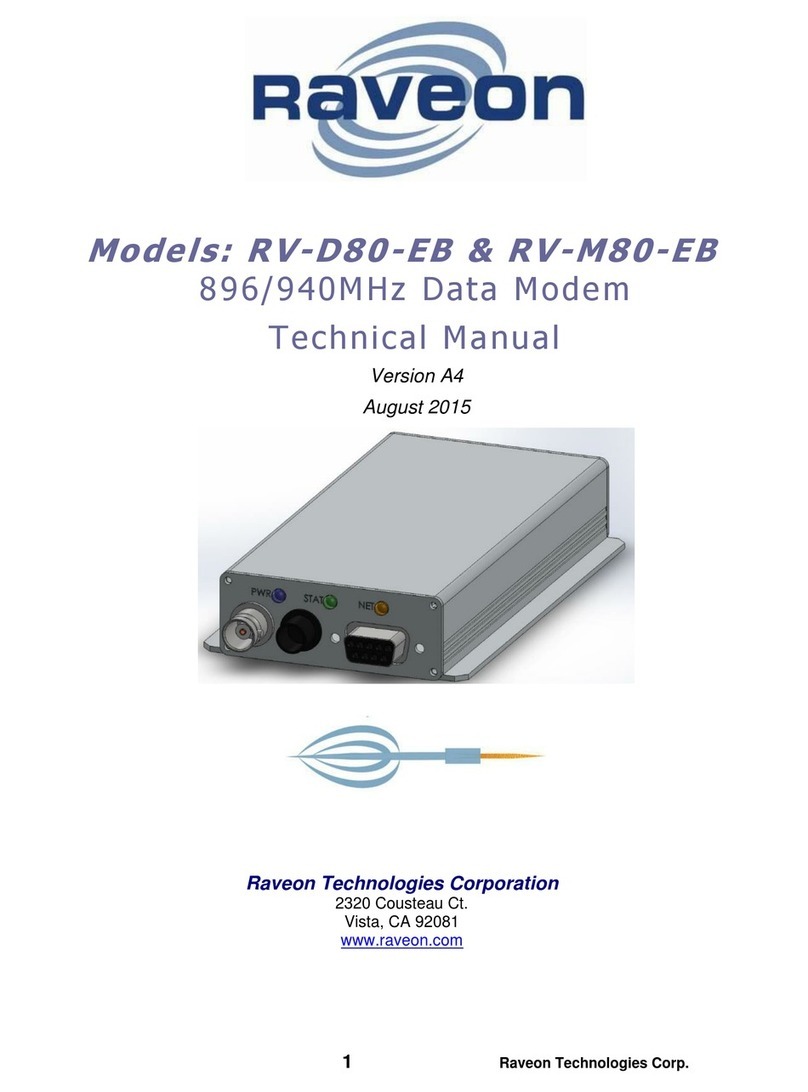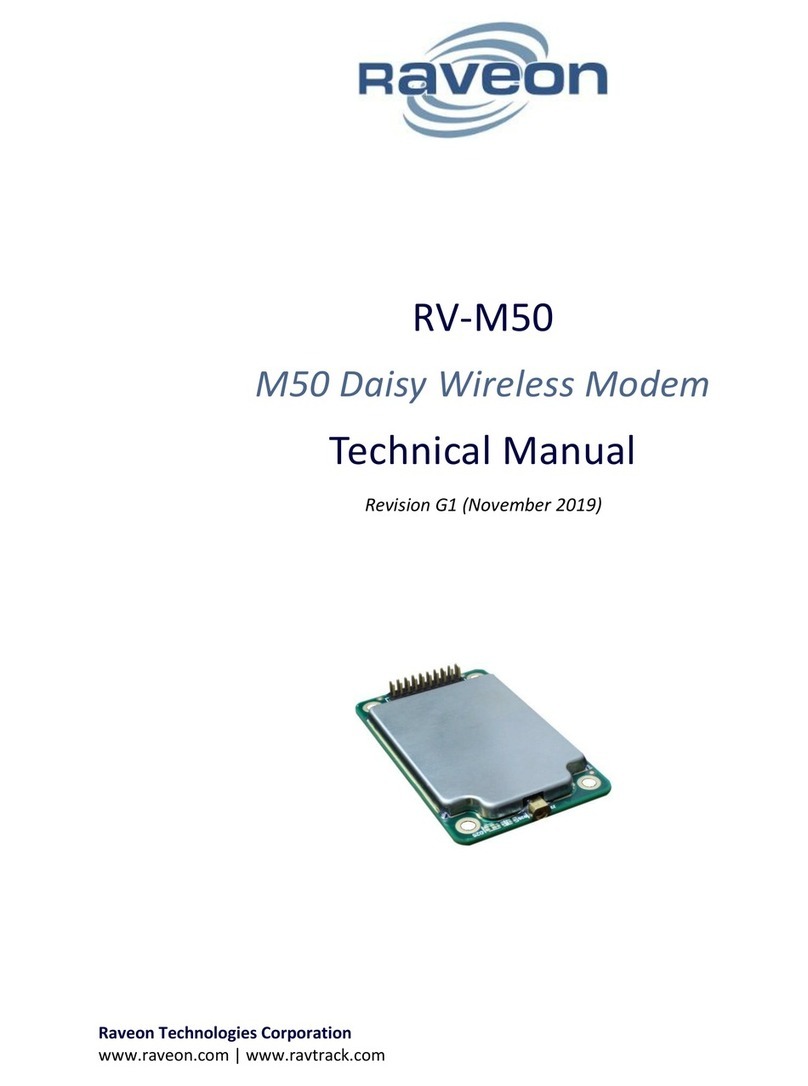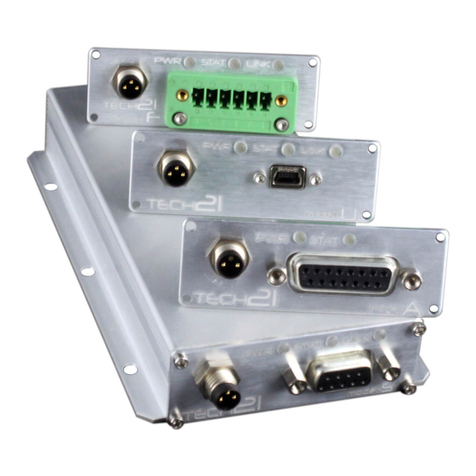
1
N L 9 0 0 P R O R F T R A N S C E I V E R 1
The NL900PRO transceiver is a Frequency-Hopping Spread Spectrum FHSS) radio designed for license-free
operation in the
900 MHz ISM
band. The radio sustains a standard asynchronous serial data stream
between
two or
more radios out
of
the box.
Housed in a compact
and
rugged die-cast
enclosure, the radio
is equipped to replace
miles of serial cable using a selectable RS232, RS485, or RS422 interface.
N L 9 0 0 P R
O
F E A
T
U R E S
N E T W O R K I
N G A N D S E C U R I T Y
•
Retries and Acknowledgements
•
API Commands
to control packet routing and
acknowledgement on a packet-by-packet basis
•
Frequency Hopping Spread Spectrum for security
and interference rejection
•
Customizable RF Channel number and system ID
•
Dynamic link
analysis, remote radio discovery
•
Low latency and
high throughput
E A S
Y T O
U
S
E
•
Continuous
76.8 kbps
RF data stream
•
Software selectable interface baud rates from 1200 bps to 115.2 kbps
•
Advanced configuration available using AT commands
O V E R
V I E W
The NL900PRO uses Frequency Hopping Spread
Spectrum modulation, where the units "hop" from frequency
to frequency many times per
second using
a
specific hop pattern applied to all the transceivers in the same
network. A distinct hopping pattern is provided for each Channel
Number, thereby allowing multiple
networks to co-exist in
the same area without interference.
NL900PRO transceivers operate in a Point-to-Point or Point-to-Multipoint, Client-Server architecture. One
transceiver is configured as a Server
and there can be one or many
Clients. To establish communication
between transceivers, the Server emits a beacon and upon detecting a beacon, RF link is established with
the Client s).
NL900PRO implement a proprietary
communication protocol to provide secure data transmissions. The use
of FHSS technology ensures data reliability over long
distances. Use of
license free frequency bands ensure
that the units are ready for
use with no further certification requirements.
Each unit
is small
and easily portable for use in
mobile and temporary settings as well as for fixed
installations. The NL900PRO configuration software enables
custom configurations based on
unique
application requirements.
